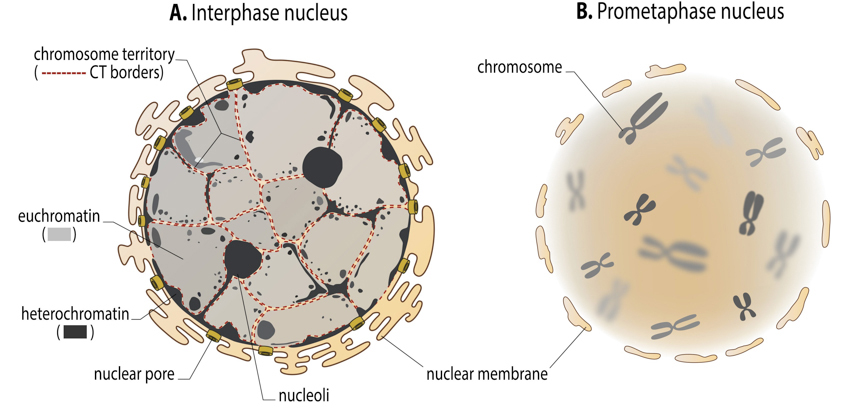The Difference between two different types of chromatin
Welcome to the blog here in this article we are going to tell you about What is difference between euchromatin and heterochromatin? And definition of the same. Thank you for reading the article.
Difference between euchromatin and heterochromatin
Euchromatin and heterochromatin are two different types of chromatin, which is the material that makes up the chromosomes in a cell’s nucleus. Euchromatin is considered to be “active” chromatin, as it is where most of the genes are located and are actively transcribed into RNA. Heterochromatin, on the other hand, is considered to be “inactive” chromatin, as it contains few or no active genes and is tightly packed and condensed. In other words, euchromatin is the part of the chromatin that is loosely packed and accessible to the cell’s machinery, while heterochromatin is tightly packed and less accessible.
Also Read: WIP Full Form (Meaning) with Explanation and Definition
Definition of euchromatin and heterochromatin
Euchromatin: Euchromatin refers to the regions of a chromosome that are more actively transcribed and are less tightly packed than heterochromatin. This type of chromatin is typically found in the regions of a chromosome that contain genes that are actively expressed and play a role in the normal functioning of the cell.
Heterochromatin: Heterochromatin refers to the regions of a chromosome that are tightly packed and less actively transcribed than euchromatinn. This type of chromatin is typically found in the regions of a chromosome that contain genes that are not actively expressed or play a limited role in the normal functioning of the cell. Heterochromatin is also associated with the control of gene expression, the repression of transposable elements, and the protection of the genome from damage.
Also Read: Explain why fossil fuels are exhaustible natural resources? 5 Reasons
